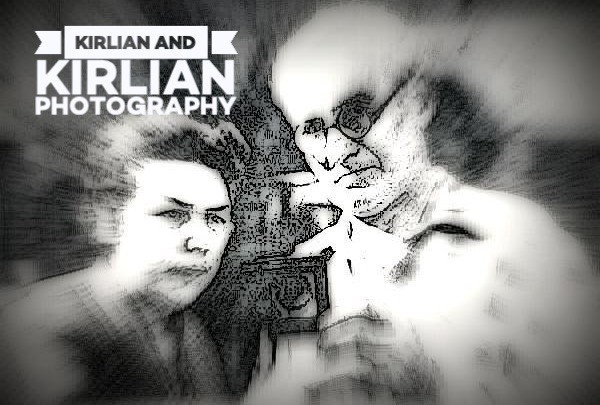Semyon Davidovich Kirlian was inventor and researcher, who along with his wife Valentina Khrisantovna Kirlian, a teacher and journalist, discovered and developed Kirlian Photography and many other technologies.
Kirlian was born in Yekaterinodar, now Krasnodar, Russia of Armenian descent. He possessed an early interest in, and aptitude for, work with electricity. Just before the Russian Revolution of 1917, Kirlian attended a conference in his home city at which Nikola Tesla gave talks and demonstrations. Tesla was one of Kirlian’s predecessors in the field of corona discharge photography. In the 1930s Kirlian earned his living as an electrician in Krasnodar, near the eastern coast of the Black Sea in southern Russia—then the Russian Soviet Federated Socialist Republic, part of the Soviet Union. He married Valentina Khrisanovna in 1930.

During his life Semyon Davidovich invented many useful things. The city printing press used its electric furnace for casting fonts, flour mills – magnetic devices for cleaning grain.
Once he thought of getting a diamond out of ordinary sugar. Indeed, the strong pressure in the explosion of a sealed container with sugar turned it into crystals that perfectly cut glass.
In 1937, having completely developed the technology of making artificial diamonds, Kirlian wrote about his discovery to Stalin himself.
After a while in the apartment of the inventor there were employees of the NKVD, who withdrew all the crystals already received and the documentation of the experiments …
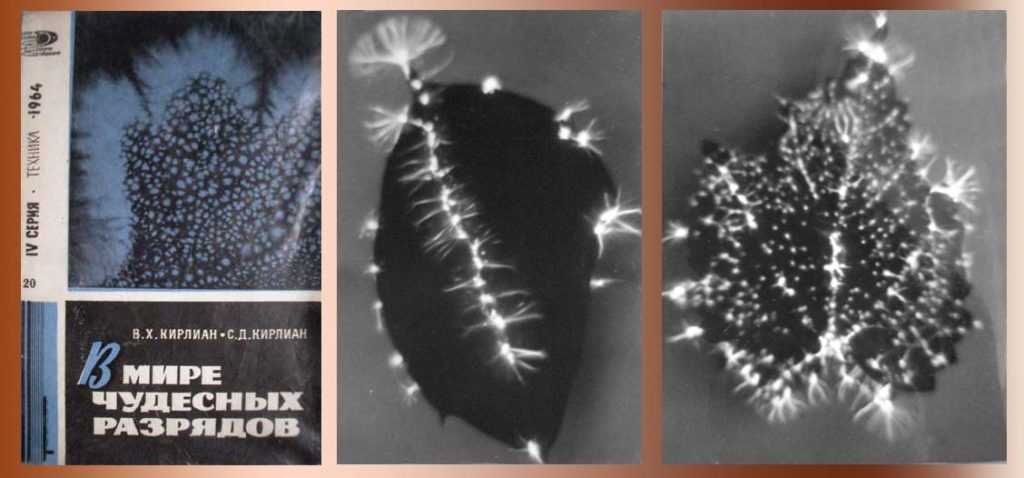
In 1939, Kirlian was accepted as a repairman for electrical equipment in the city hospital.
Having repaired the physiotherapy apparatus in the hospital (it used a high frequency current), he noticed a strange pink glow between the electrodes.
Kirlian decided to try to shoot a film on the glow in the field of high frequency current of an object.
The first object that was “photographed” in this way was a coin. He began to put in the field a variety of subjects, photographing the leaves of trees, his own hands.
And he deduced the regularity: any living object placed in a high frequency field gave different glows, depending on the state of the object being photographed.
One “picture” – if a leaf of a tree has just been ripped off, the other – when after this it has passed, for example, an hour.
The glow from the hands of a healthy, sick or even tired person was also significantly different. So the Kirlian couple opened a window into the unknown world.
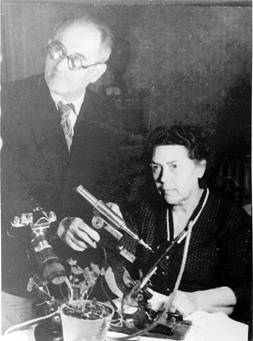
Their developments were protected by twenty-one author’s certificates.
But few scientists had time to look into this world, since the “Gostechnik” with a stroke of the pen closed this window, put the works of the Kirlian spouses in top secret, closed topics.
Only 25 years after receiving the first results, the spouses were able to publish a detailed account of the nature of their invention and the results of the research.
Published in the publishing house “Knowledge” in 1964, a brochure “In the world of wonderful categories” has become a real sensation.
There were no means for patenting the “Kirlian effect” abroad, and after a while the opening became widely used in other countries for no particular reason.
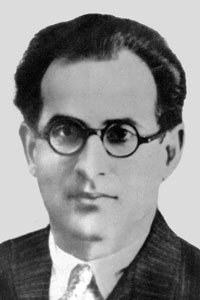
The country lost its priority and currency, but the researchers gained fame.
Foreign scientists, having checked the method and making sure that this is a fundamentally new key to the secrets of nature, called the flickering radiation of living and non-living objects by the Kirlian Effect
By 1939 Kirlian had acquired a reputation as the best local resource for repairing electrical equipment, and was regularly called upon to fix the apparatus of scientists and laboratories in the area. In that year, he happened to witness a demonstration of a high-frequency d’Arsonval electrotherapy device. He noticed that there was a small flash of light between the machine’s electrodes and the patient’s skin, and wondered if he would be able to photograph it. (Kirlian was not the first person to witness this phenomenon, though the urge to photograph and investigate it seems to have been original with him.) Experimenting with similar equipment, he replaced glass electrodes with metal substitutes to take photographs in visible light; at the price of a severe electrical burn, he was able to take an unusual and striking photograph of an apparent energy discharge around his own hand.
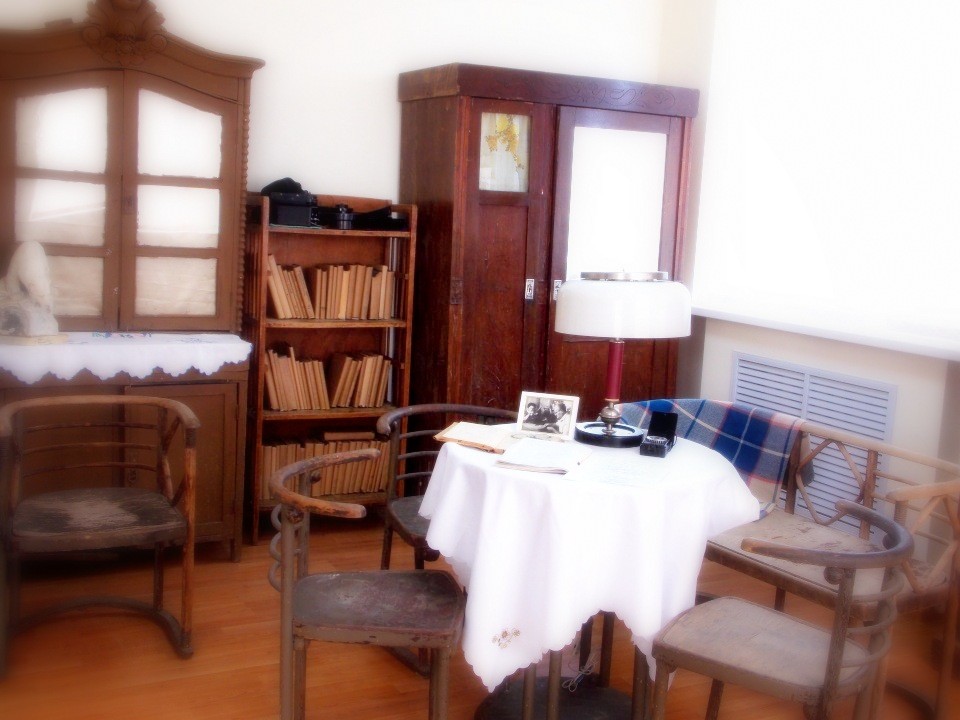
Over the next ten years he and his wife developed and perfected apparatus for what we now call Kirlian photography. They employed a high-frequency oscillator or spark generator that operated at 75 to 200 kHz. They took photographs with no camera, merely with electric current and photographic film. The Kirlians then moved beyond static photography, to develop an optical filter that allowed them to witness the phenomenon in real time; they saw miniature fireworks displays of light and color playing around their hands.
Gradually the Kirlian‘s activity began to attract attention from professional scientists. Kirlian made controversial claims that the image he was studying might be compared with the human aura. An experiment advanced as evidence of energy fields generated by living entities involves taking Kirlian contact photographs of a picked leaf at set periods, its gradual withering being said to correspond with a decline in the strength of the aura. The Kirlians made many photographs of the leaves of various plants; by 1949, it was determined that Kirlian photography could detect incipient plant disease that was not otherwise detectable. In the same year, the Kirlians received a Soviet patent on their basic device, “a method of photographing by means of high-frequency currents.” Experimenting further upon themselves, the Kirlians acquired the first results showing that Kirlian photography could provide an index of a person’s physical health, and could illuminate the acupuncture points of the human body.
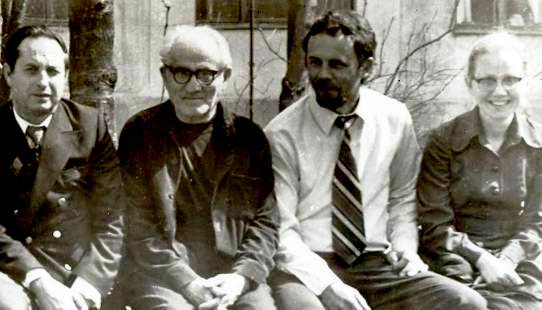
How Kirlian Photography Works
Kirlian photos
It was not until the early 1960s, however, that the Kirlian‘ efforts attracted widespread recognition and official support, once popular journalists wrote a series of newspaper and magazine articles about Kirlian photography. The Kirlians were awarded a pension and were provided with a pleasant new apartment and a well-equipped laboratory in Krasnodar. Their first scientific paper on Kirlian photography was published in 1961, in the (Russian) Journal of Scientific and Applied Photography. Scientific institutions around the Soviet Union were set to work on Kirlian photography in 1962. The first appearance in the US is unknown, but an educational film about Kirlian photography and energy emissions from living things was seen in a Southern California elementary
Page under constriction, about Kirlians, please see here:
